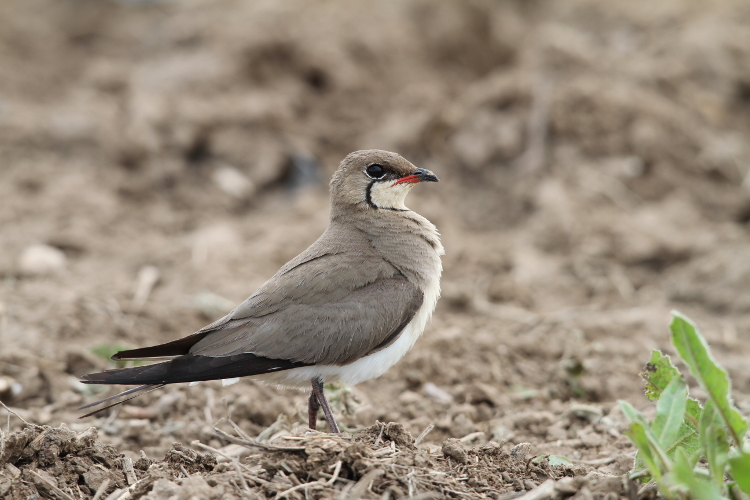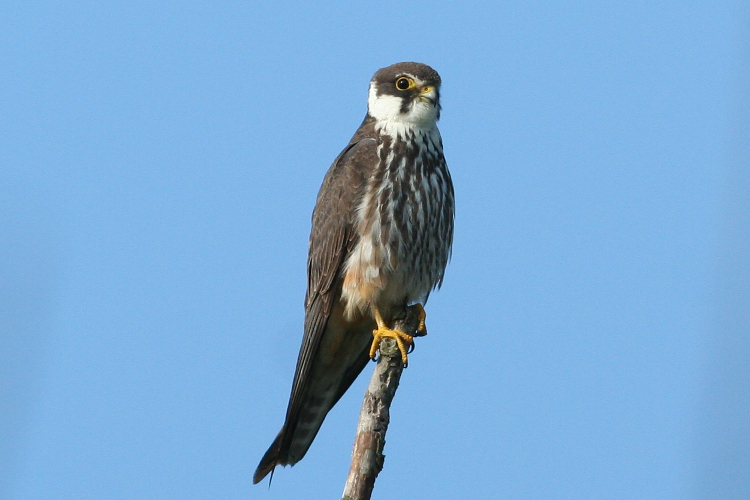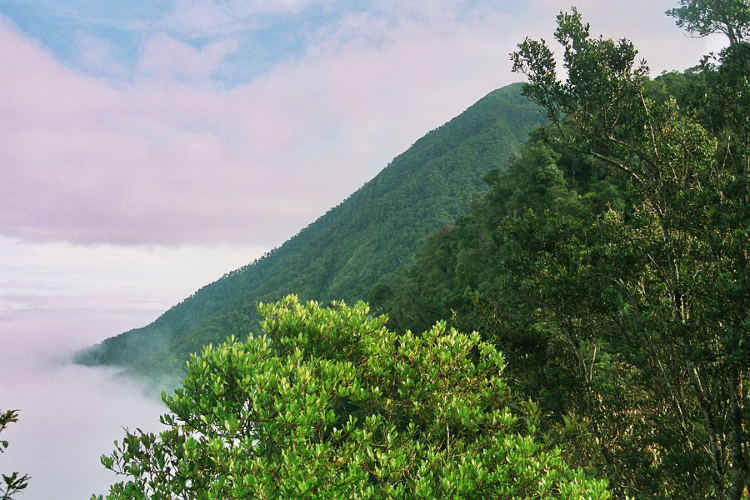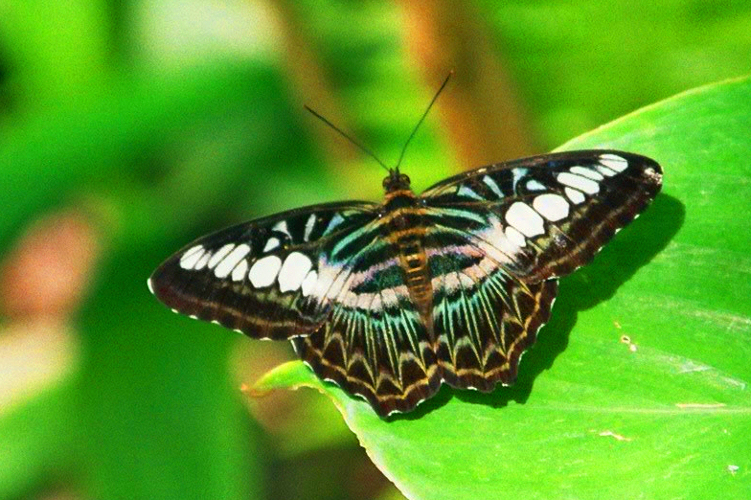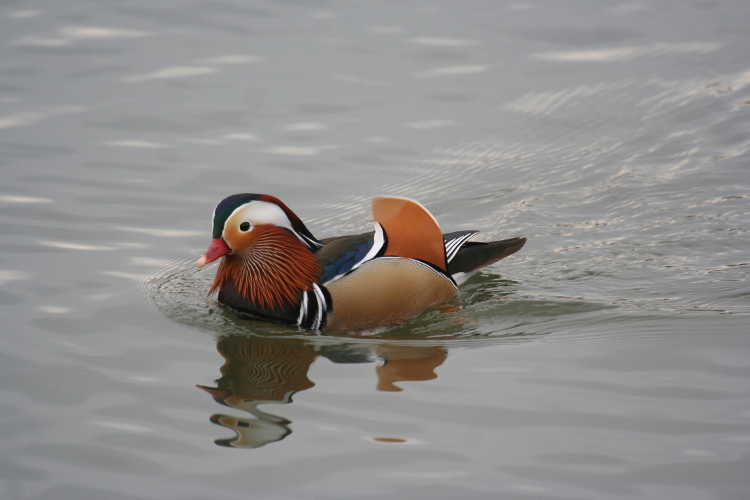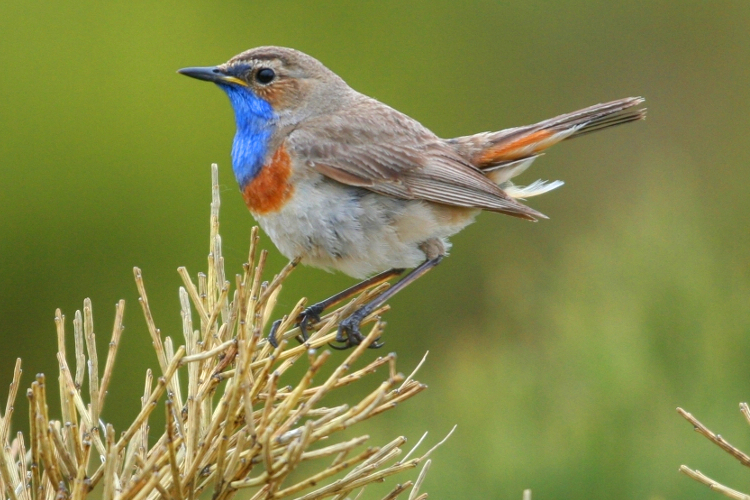LINKS



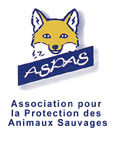

orientalbirdclub
Ayuwat Jearwattanakanok's BS
Tim Laman's WP
Festival de la photo de Montier-en-Der
National Geographic
Birds of the World
IOC World bird list
www.wikiaves.com
www.ornitho.lu
www.ornitho.ch
www.faune-grandest.org
Guislain Simard's macro-photo
jewel-beetles
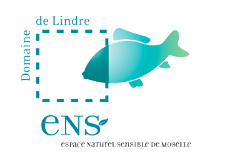





NEUCHATEL'S LAKE
Neuchatel's lake is the greatest water-piece entierely located in Switzerland; it crosses both cantons of Vaud and Bern and it has a great reputation either for tourism than for natural richness; more than 150 species of birds can be observed there. The north part of the lake (where the homonym town is) can be left, south part is much interesting, offering two major places: Yverdon and La Sauge; Yverdon, a little town owns two interesing spots: Thiele and Champ-Pittet. Thiele is located downtown at the homonym canal's mouthpiece on lake's border: it's a major site where quantity of water-bird may be present, but also many passerines; with luck, even the bohemian waxwing may be sighted in the neighboring woods in winter.
Champ-Pittet is located outside east of the town, also on lake's border; it comprise a wide zone with reeds (the "Caricaie") and the site is fit up with two observatories (one of them is not free).
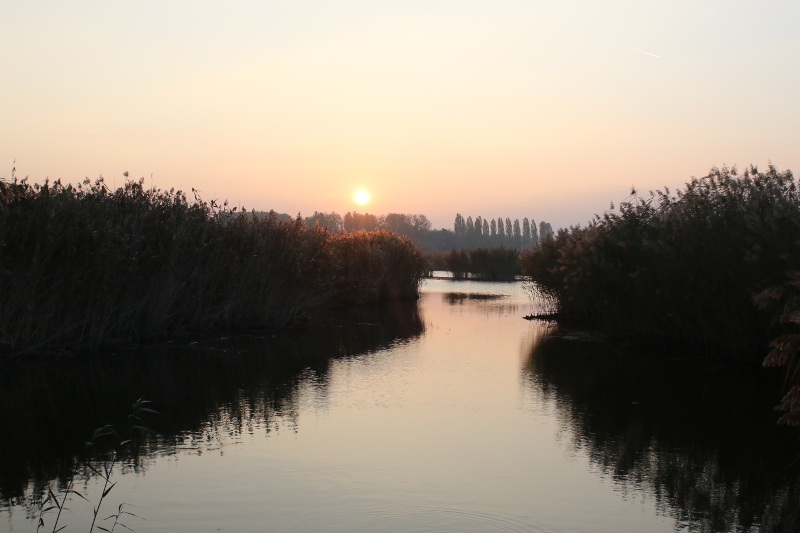
Champ-Pittet
By going on south-east part of the lake, you can find the natural reserve called "La Sauge" which comprise the "Chablais and Fanel" of Cudrefin, this is from far one of the most prised place by bird-watchers (and this all the year) in Switzerland; this zone offers a wide variety of landscapes, reeds, gravel zone, numerous water-spots, and mixed forests and so on...
Cudreffin is one of the most major interest place in Switzerland for the natural observation, and not only for birds; the site is interesting all the year and it offers an impressive concentration of water species; it is about a vast roselière extending on several tens of hectares and broadside by gravel pits in front of the lake; several observatories are arranged there.
In winter, the site is of interest especially for geese, the eurasian bittern is also easily seen there, while at the beautiful season one can observe many passerines typical roselières the such reed-warbler, Savi's warbler or the moustached tit.
In June 2007 I be likely to be the privileged spectator of the parade of a dwarf bittern courting a female hidden among the reeds; the male posted itself in 20 meters from my objective and started to sing (finally, if one can invite that to sing: the song of the dwarf bittern rather evokes a series of short sounds, compromise between the whirr and the cawing, emitted at regular rythm) without being concerned with my presence; this durated about twenty minutes and I regretted not owning for the occasion a good equipment to produce a video; but fortunately, I comforted myself by a good series of photo-shots which can provide the testimony of this happy moment.
The other watery species present at this places are the red-breasted merganser, the ruddy shelduck (irregular and often regarded as a nuisance), coots, water-rail (rarely seen), yellow legged gulls, curlews, terns and several sandipers.
AND IN THE NEIGHBORHOODS
Biel's lake
Biel's lake is located in the canton of Bern; it hasn't nay particuliar reputation for his biodiversity but occasionnaly some good surprise may occur: at the end of september 2018 the star of the time was a vagrant Terek's sandiper staying during several days on a gravel-bank bordering the lake: this little singular bird comes from palearctic regions from Finland to Korea, it owns to a specific genus with only one specie.
Morat's lake
This little lake hasn't any reputation but a parasitic skua was present there at last september 2018
Fribourg's lake
This lake owns "his" Pro-Natura well fit up reserve, the auried of KleinBosigen, an old alluvion-plain reamenaged into cultured-land but also worked for extraction of gravel: this is a good exemple of soil exploitation by multi-use, this prevailing to diversity of landscapes: it owns an exceptional natural diversity with 8 species of amphibians and 60 species of breeding birds (among a total of 190).
